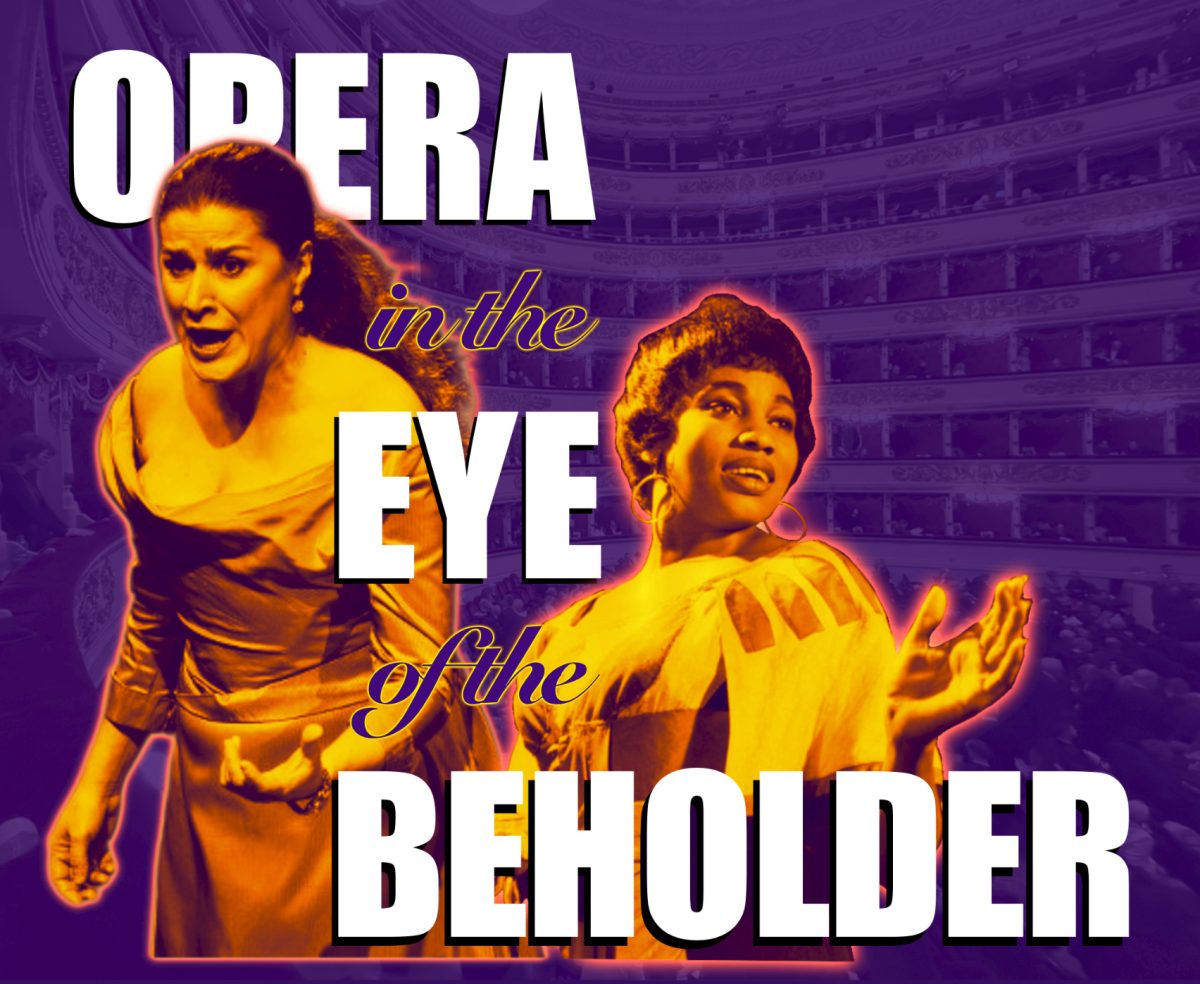
Disney is a platform filled with wonder and creativity, where new shows and animated films open a magical world of limitless possibilities every year. From Hannah Montana living a double life to iconic princesses redefining the meaning of true love and happily ever afters, magic seems infinite. However, that boundless magic is fragile, and much like a cherished childhood memory, it can slowly fade away.
From princesses to pirates, generations of kids have grown up alongside Disney’s magical characters. Since their first film, “Snow White and the Seven Dwarfs,” in 1937, Disney has produced over 130 movies and over 80 television shows. Along with iconic characters, Disney has always promoted the value of fighting for your hopes and dreams, showing characters overcoming seemingly impossible odds.
However, while some viewers are still lulled and mesmerized by Disney’s magic, others feel that Disney is sacrificing magic for money, making duplicates of projects that have made a profit in the past. According to Hollywood writer and producer Gabrielle Makower, monetary incentives have a significant effect on the creativity of studios like Disney.
 “The problem is that Disney is a studio, and these big studios have the … investors’ need to prove a profit, and because these projects from the past have proven to be successful and beloved, they say, ‘Well why don’t we make a third and fourth and fifth and sixth?’” Makower said. “That’s why you’re not seeing anything original.”
“The problem is that Disney is a studio, and these big studios have the … investors’ need to prove a profit, and because these projects from the past have proven to be successful and beloved, they say, ‘Well why don’t we make a third and fourth and fifth and sixth?’” Makower said. “That’s why you’re not seeing anything original.”
With seven eras of Disney, each having its rise and fall, many Disney fanatics like Wendie Geller, a mother of a Paly student, have fond memories of the movies that defined their childhoods.
“As a kid growing up in the 1970s and 80s, I think my perception of Disney was still mostly shaped by all the classic animated movies and the Wonderful World of Disney TV shows which aired every Sunday evening,” Geller said.
Disney’s classic movies have proven to be nostalgic as the eras change and new animation styles advance. Paly Film Lit teacher Alanna Williamson Cherishes her memories of watching Disney movies from past eras.
“The old ones are so beautiful,” Williamson said. “There’s something nostalgic when, for example, Peter Pan starts. I feel like I miss more than the art style. I miss the choral [songs] that they did at the beginning of many movies.”
Paly senior Lily Mccue, like many viewers, has been a Disney fan since she first watched the magic unfold on the screen.
“I loved Disney growing up,” Mccue said. “Because they made very kid-friendly movies, me and my sister would watch ‘The Lion King,’ ‘Aladdin’ and many others all the time on car rides.”
However, since Disney entered its ‘New Era’, including films made in 2018 and later, fans have noticed a harsh change in the creativity and passion they felt before. Kyle Newell, an entertainment strategist and business developer for Fox Entertainment, believes this discrepancy has been caused by the evolution of how media companies like Disney are currently run.
“It’s the lack of creativity and new voices that I think makes it harder to get a movie made now than any time in history,” Newell said. “A lot of these movie studios are run by big corporations now, instead of individuals like in previous years, so you lose that sense of creativity.”
In recent years, Disney has also released live-action remakes of several of their older animated feature films, including “Mulan,” “Beauty and the Beast,” “The Little Mermaid” and soon “Moana.” Because of this, many fans like sophomore Tarika Pillay feel as if Disney is running out of new ideas.
“[Disney has] just gone really downhill, and it looks recycled,” Pillay said. “It’s not that the animation is bad… the storylines don’t feel authentic anymore. They don’t have a point to them, and they’re not as intriguing or captivating as old Disney movies used to be.”
The assertion that reboots and remakes are released because it makes more money, is not necessarily true.
According to Box Office Mojo, the 2020 live-action Mulan grossed $69.9 million, despite a budget of $200 million.
In contrast, the animated Mulan movie, released in 1998, grossed over $304 million. In today’s dollar, taking into account inflation, it grossed over $587 million.
In opposition to this point, the live-action remake of Beauty and the Beast was increasingly more successful than its original version in 1991. The new version grossed over $1.2 billion globally, while the original grossed $425 million ($982 million is today’s currency).
Part of the issue is that the money market of the movies is taking priority over the production choices being made.
“They’re putting quantity over quality, and they’re producing a lot of movies, which is great, but then the quality is just bad,” Pillay said.
Some viewers argue that the reboots being produced leave out important themes and messages that were present in the original films.
“They took out Mushu from the live-action Mulan and gave her the ‘Power of Chi’, which in my opinion, conveyed the message that she could only be as good as the men if she had this ability, which defeats the whole feminist side of the original movie,” Mccue said
Aside from the fact that rebooting films requires less creativity, it is also a strategic career move on the production company’s side. Actress Kristanna Loken, who has acted in “Terminator 3,” “Boy Meets World” and “Girl Meets World,” believes the change in Disney production has to do with business strategy.
“Big studios like Disney and others have decided to make less original content that is more risky and go with films that are tried and true,” Loken said. “They know they have made money in the past, and they know they will make money in the future, and that’s why when you look at the movies that are playing in theaters, they’re generally just part-twos or even a re-release.”
 As producers sacrifice original plots and continue to remake movies, many actors struggle to make ends meet. Actors don’t get substantially paid compared to other roles in the industry. According to a study of around two million performers conducted by students at Queen Mary University of London, only 2 percent of actors actually make a living through acting
As producers sacrifice original plots and continue to remake movies, many actors struggle to make ends meet. Actors don’t get substantially paid compared to other roles in the industry. According to a study of around two million performers conducted by students at Queen Mary University of London, only 2 percent of actors actually make a living through acting
“One of the biggest problems in Hollywood, and why [actors] went on strike last year, was that there is so much content that’s being produced with all the new streaming platforms that it is essentially watering down the market… so people [actors] aren’t getting paid as much,” Loken said.
There are many actors in the industry looking for jobs and are open to playing and creating amazing roles, but very few get substantially paid.
“The three top directors and two actors together made around $90 million,” Newell said. “That [money] is just going directly into [those] people’s pockets; there’s a sickness within the food chain where the people at the bottom are getting screwed and squeezed out.”
Not only are the profits in the film market primarily going to a slim section of the workers, but Disney also must compete against other film production companies for viewers’ attention.
To this day, movies such as “Ratatouille,” “Frozen” and “Tangled” have had mainstream attention since their release. In contrast, newer movies such as “Raya and the Last Dragon” and “Wish” have followed the trend of being ‘one-month-wonders,’ which have been talked about little since their release.
In a CBR article, by author Timothy Blake Donohoo, they specified that Wish, the 2023 movie released in honor of Disney’s 100 year anniversary, wasn’t successful among viewers, “with many finding the movie to be a menial version of older, better movies”.
Accompanying the viewers’ opinions, the viewing history and rate of these more recent movies may be impacted by competing streaming services, leaving little room for new movies to grow in popularity before another movie is released from a different platform.
“Not a lot of people are going to see movies and there’s just a lot of competition in the entertainment space,” Newell said. “It’s not just other movies that you’re competing against, you’re competing against TV shows, and you’re competing against TikTok and HBO and all these other forms of entertainment. So studios are less willing to back original ideas because they’re afraid that people won’t go see them, that’s why they’re rehashing all these old movies.”
Even with this competition, Disney continues to make $88.9 billion every year through their revenue streams. But fans are still not satisfied with recent films.
According to New York Times journalist Brooks Barnes, the company’s stock price dropped after they announced they were planning on spending $60 billion in the next decade on their theme park and cruise businesses.
“They’ve [Disney] made it clear that they really want to invest more in their theme parks and in cruise ships,” Makower said. “They’ve seen the film market decrease and they’re deciding to pump up other areas of their business.”
This decrease in

the film market profit due to Disney’s turn of focus to other forms of revenue may be due to new management within Disney over the past few years.
In 2020, after 15 years as a largely successful CEO, Bob Iger stepped down from the position. He chose his coworker, Bob Chapek, to replace him while Iger himself still remained a part of Disney as a creative director. James B. Stewart, who wrote on Disney’s management issues in a September 8 story in the New York Times, reported that Mr. Iger and Mr. Chapek worked together on management issues.
“Disney’s board and executive ranks were consumed by conflict and drama just as the company was facing historic upheaval in the entertainment industry,” Stewart said. “Inside Disney, much of the focus was on trying to manage the tensions between Mr. Iger and Mr. Chapek.”
Conversely, in recent years, movies such as “Cruella,” “Encanto” and the live-action “Beauty and the Beast” have been a hit or beloved by younger critics and fans. Not everyone thinks that Disney is going in the wrong direction. Aashi Agarwal, a junior at Paly, thinks the new spins on movies are successful.
“I think live action is super cool because it allows real people to be put into Disney movies and characters and for younger kids who are watching it to be able to see it in a completely different light,” Agarwal said.
Along with new renditions and older classics, Disney has over 100 years of experience with movies, media and magic. They have created and produced some of the most iconic and long-lasting films to this day. Like any business or brand, Disney has had its ups and downs.
“It’s really hard in 2024 to be perfect, and we’re all constantly learning and trying to grow,” Williamson said. “I think it’s important to be critical of the things that you enjoy and also push for them to grow and be better.”









